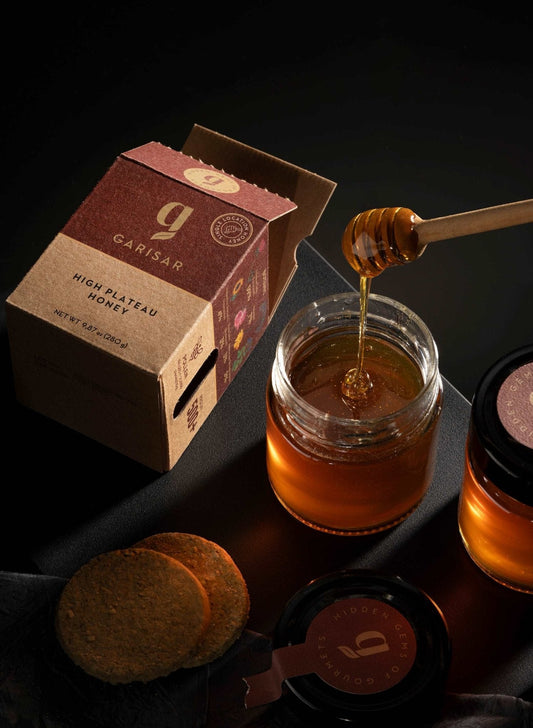Health Benefits Of Queen Anne's Lace Honey
Antioxidant Content
Queen Anne's Lace honey is known for its high antioxidant content. This honey contains antioxidant compounds such as flavonoids and phenolic acids. These compounds help protect cell health by reducing oxidative damage caused by free radicals and boosting the immune system.
Antibacterial Properties
The antibacterial properties of Queen Anne's Lace honey can accelerate wound healing and prevent infections. The honey acts as a natural antibiotic, suppressing bacterial infections and aiding in faster healing of skin wounds.
Anti-inflammatory Effects
This honey's anti-inflammatory effects can help alleviate symptoms of various chronic diseases by reducing inflammation in the body. It provides relief, especially in cases of joint pain and inflammatory conditions.
Benefits for Digestive Health
Queen Anne's Lace honey also has positive effects on the digestive system. Its natural probiotic properties help balance gut flora and can alleviate digestive issues. Additionally, it has a soothing effect on the stomach and intestines.
Queen Anne's Lace and its honey offer a wide range of health benefits. Due to their antioxidant, antibacterial, and anti-inflammatory properties, they are considered valuable resources in both medical and cosmetic fields. The correct and informed use of this plant and its products can play a significant role in improving overall health and quality of life.







